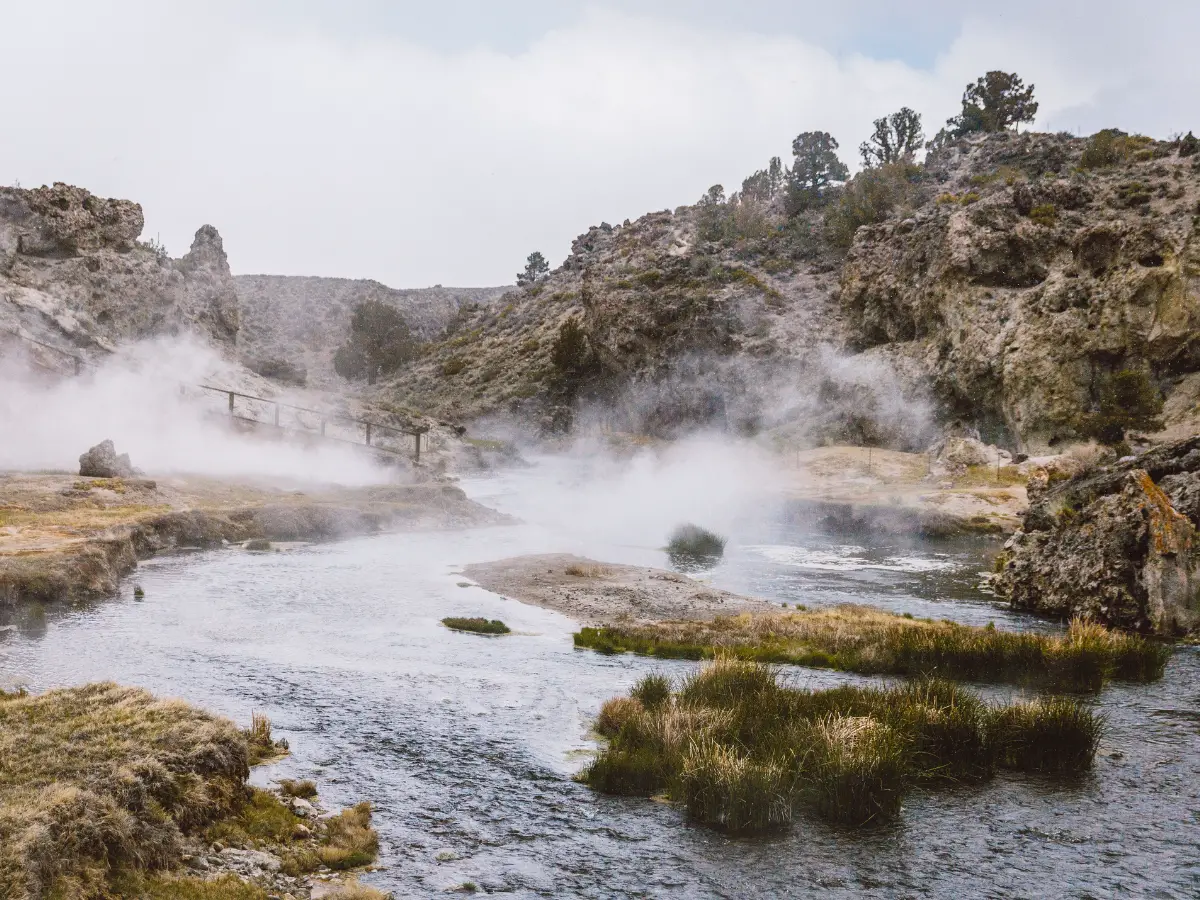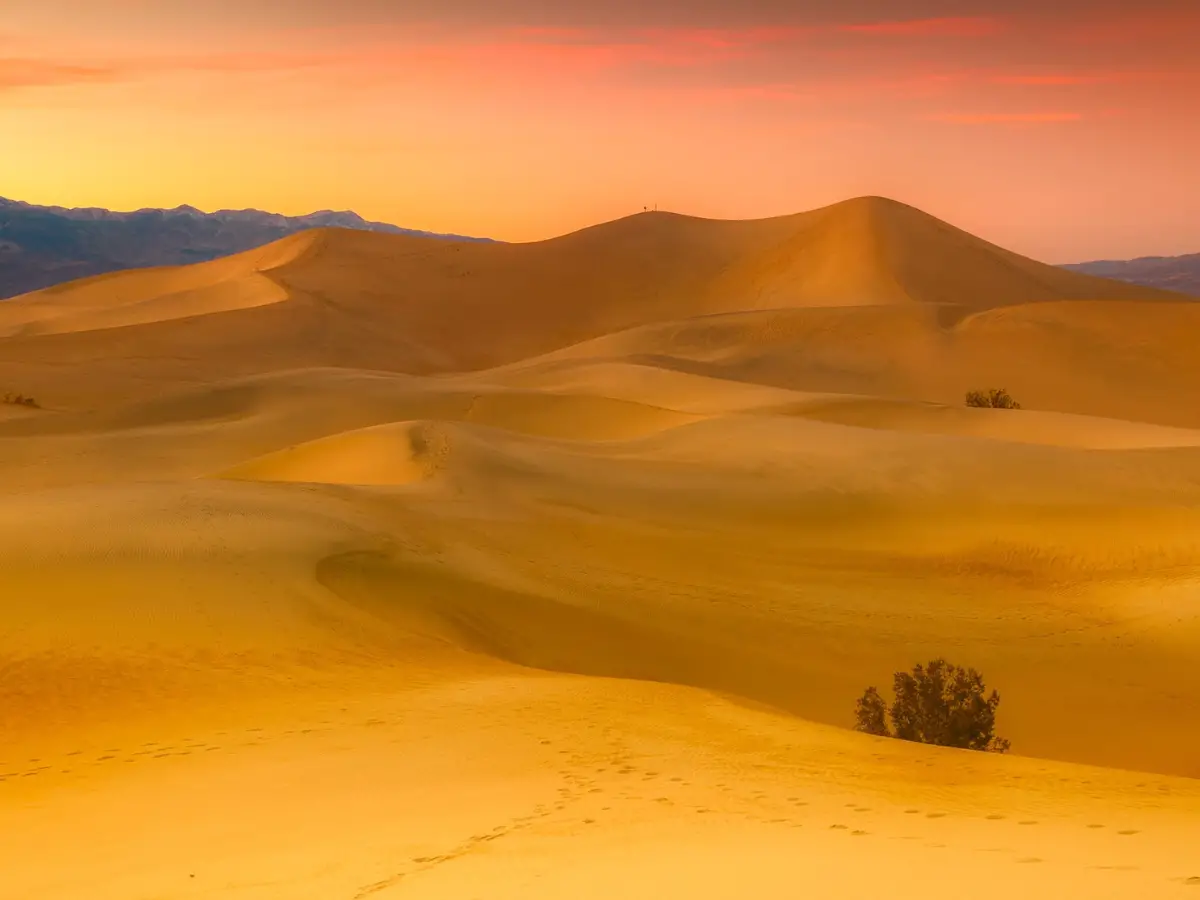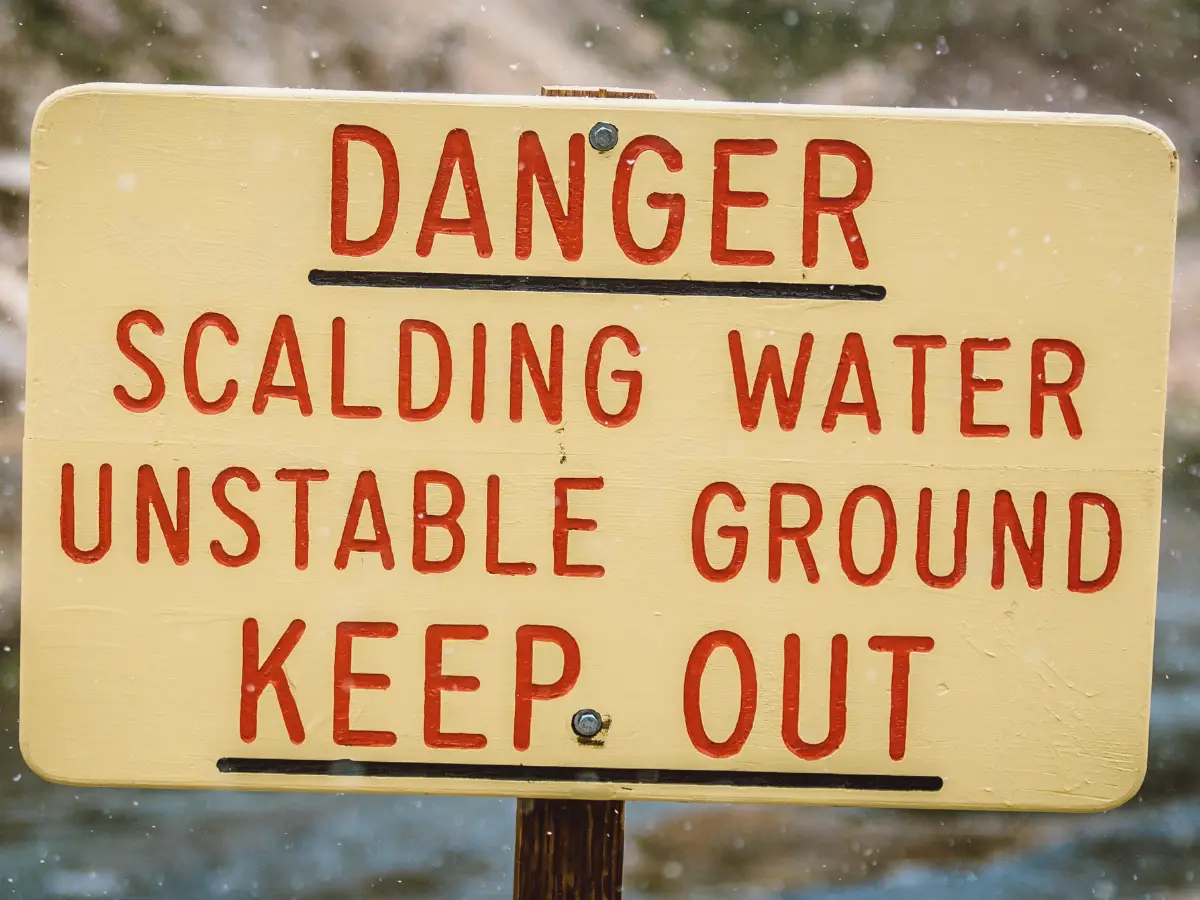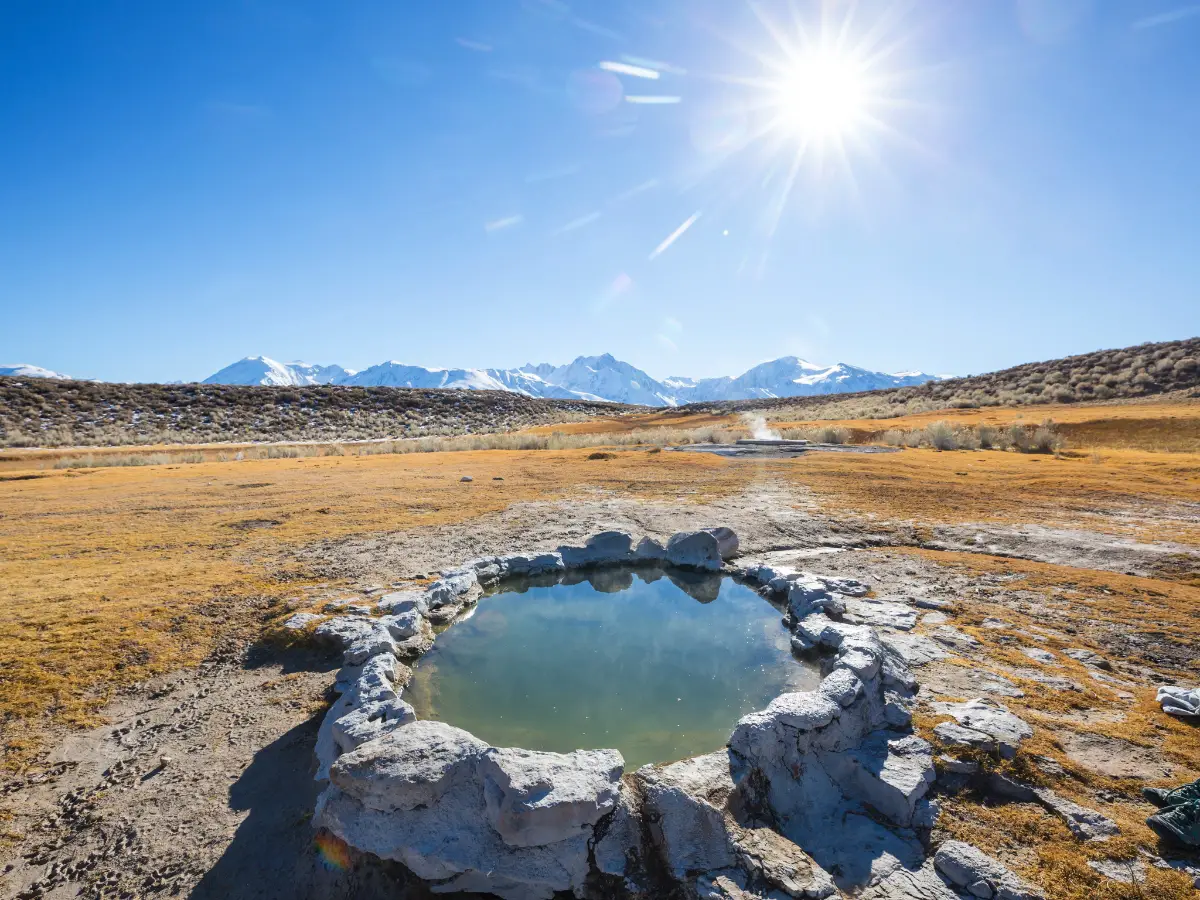California is known for its sunny weather and warm temperatures, but how hot does it get in the Golden State? According to recent data, California has experienced some of its hottest summers on record in recent years. The summer of 2023 has been particularly scorching, with temperatures reaching record highs in many parts of the state.
The climate of California varies widely depending on location, with some areas experiencing a Mediterranean climate while others are more arid and desert-like. Despite these differences, one thing is clear: California can get very hot, particularly during summer.
With the effects of climate change becoming more apparent, it’s important to understand just how hot California can get and what measures can be taken to stay safe during extreme heat waves.

Climate of California
California is known for its diverse climate due to its large size and varied topography. The state has a Mediterranean climate with warm, dry summers and mild, wet winters. The temperature can range from very hot to cold, depending on the region and elevation of the state.
Coastal Climate
The coastal climate of California is characterized by cool summers and mild winters. The temperature is moderated by the ocean, and the air is often moist due to the marine layer. The coastal region experiences foggy mornings and sunny afternoons during the summer months. The average temperature in San Francisco is around 60°F (15.5°C), while Los Angeles has an average temperature of around 70°F (21°C).
Desert Climate
The desert climate of California is characterized by hot summers and cool winters. The state’s southeastern region is home to the Mojave and Sonoran deserts. The temperature in the desert can reach triple digits during the summer months, with Death Valley being the hottest place in California. The average temperature in Death Valley during the summer is around 115°F (46°C).
Mountain Climate
The mountain climate of California is characterized by cold winters and mild summers. The state has several mountain ranges, including the Sierra Nevada and the Cascade Range. The temperature in the mountains can drop below freezing during the winter months, and the region receives heavy snowfall. The average temperature in Lake Tahoe during the winter is around 30°F (-1°C).
Overall, California’s climate is influenced by its large size and varied topography. The state experiences a wide range of temperatures and weather conditions, depending on the region and elevation. It is important to be prepared for the weather conditions before traveling to any part of California.
| Climate Type | Characteristics |
|---|---|
| Coastal | Cool summers, mild winters, foggy mornings, sunny afternoons |
| Desert | Hot summers, cool winters, triple digit temperatures |
| Mountain | Cold winters, mild summers, heavy snowfall |

Seasonal Temperature Variation
California is known for its warm and sunny weather, but the temperature can vary depending on the season. In general, the state has a Mediterranean climate with mild, wet winters and hot, dry summers.
During the winter months, which run from December to February, temperatures in California can range from around 40°F to 60°F (4°C to 15°C) depending on the location. Coastal areas tend to be slightly warmer, while inland regions can be cooler. The mountains in the state can experience snow and freezing temperatures during this time.
Spring, which runs from March to May, is a transitional season in California. Temperatures can range from around 50°F to 70°F (10°C to 21°C) in most areas, with the coastal regions being slightly cooler. This is a popular time to visit the state, as the weather is pleasant and the flowers are in bloom.
Summer, which runs from June to August, is the hottest season in California. Temperatures can range from around 70°F to 100°F (21°C to 38°C) depending on the location. Coastal areas tend to be cooler, while inland regions can be scorching hot. It is important to stay hydrated and wear sunscreen during this time, as the heat can be dangerous.
Fall, which runs from September to November, is another transitional season in California. Temperatures can range from around 50°F to 70°F (10°C to 21°C) in most areas, with the coastal regions being slightly cooler. This is a good time to visit the state, as the weather is still pleasant and the crowds have thinned out.
Overall, California can be hot depending on the season, but the temperature can also vary depending on the location within the state. It is important to check the weather forecast before visiting and to pack accordingly.

Heatwaves in California
California is no stranger to heatwaves, and with the ongoing effects of climate change, they are becoming more frequent and intense. In recent years, the state has experienced some of the hottest temperatures ever recorded, with some areas reaching over 120 degrees Fahrenheit.
In July 2023, California was hit by a heatwave that pushed temperatures up to 130 degrees in some areas, making it one of the hottest heatwaves in the state’s history. The extreme heat caused power outages, wildfires, and even death.
The following table shows some of the hottest temperatures ever recorded in California:
| Location | Temperature (°F) | Date |
|---|---|---|
| Furnace Creek Ranch | 134 | July 10, 1913 |
| Death Valley | 129 | June 30, 2013 |
| Needles | 125 | July 17, 1925 |
Heatwaves in California can have serious consequences. In addition to the health risks posed by extreme heat, they can also lead to power outages, wildfires, and other hazards. It is important for residents to take precautions during heatwaves, such as staying hydrated, staying indoors during the hottest parts of the day, and checking on vulnerable populations such as the elderly and young children.
Overall, heatwaves in California are a serious issue that will likely continue to worsen as climate change progresses. It is important for individuals and communities to take steps to prepare for and mitigate the effects of extreme heat.

Effects of Global Warming
Global warming has had a significant impact on California’s climate, leading to more frequent and intense heat waves. According to the Los Angeles Times, Southern California is expected to experience warmer-than-normal temperatures for the rest of the week due to a heat dome caused by high pressure. This heat wave is just one example of the effects of global warming on California.
The increasing temperatures have led to more frequent and severe wildfires, which have devastated communities and destroyed homes. The Gulf Stream current could also collapse in 2025, plunging Earth into climate chaos, according to recent research. This would have a devastating impact on California’s climate, leading to more extreme weather events and rising sea levels.
Marine heatwaves are also a growing concern in California. These events can have a significant impact on ocean life, fisheries, and weather patterns. Record high temperatures along the Western Australian coast during the summer of 2010/2011 are an example of the potential impact of marine heatwaves.
In addition to the impact on the environment, global warming can also have a significant impact on human health. Heat waves can lead to heat exhaustion, heat stroke, and other heat-related illnesses. The elderly, children, and those with pre-existing medical conditions are particularly vulnerable to the effects of extreme heat.
Overall, the effects of global warming on California are significant and far-reaching. It is important that we take action to reduce our carbon footprint and mitigate the impact of global warming on our environment and communities.

Microclimates in California
California is known for its diverse geography, ranging from mountains to deserts to coastlines. This variety in topography gives rise to an array of microclimates throughout the state. Microclimates are essentially small areas of weather unique to that region and can differ significantly from the surrounding areas.
One of the reasons for the abundance of microclimates in California is the state’s geography. Mountains, valleys, and coastal regions all contribute to the formation of microclimates. For example, the San Francisco Bay Area is well-known for its microclimates, with temperatures varying significantly from one neighborhood to another. In the summer, the coast can be foggy and cool, while inland areas can be hot and dry.
Another factor that contributes to the formation of microclimates in California is the state’s size. California is a large state, covering over 163,000 square miles, and its diverse geography means that different regions experience different weather patterns. For example, the northern part of the state experiences cooler temperatures and more precipitation than the southern part.
Microclimates in California can also be influenced by human activity. Urban areas, for example, can be warmer than rural areas due to the heat absorbed by buildings and pavement. Additionally, agricultural areas can have their own microclimates due to irrigation and other farming practices.
In conclusion, microclimates are a common occurrence in California due to the state’s diverse geography, size, and human activity. Understanding these microclimates is important for planning outdoor activities and for agriculture, as different areas may experience different weather patterns.
Frequently Asked Questions
What is the average temperature in California during the summer?
The average temperature in California during the summer varies depending on the region. In coastal areas, the average temperature typically ranges from the mid-60s to mid-70s Fahrenheit. Inland areas tend to be hotter, with average temperatures ranging from high 80s to low 100s Fahrenheit.
Does California have a hot or cold climate?
California has a varied climate, with different regions experiencing different temperatures. Coastal areas tend to have mild temperatures, while inland areas can experience hot summers and cold winters. Overall, California is known for having a Mediterranean climate, with dry summers and mild, wet winters.
Is California known for having hot weather?
Yes, California is known for having hot weather, particularly in inland regions during the summer months. However, coastal areas tend to have more moderate temperatures.
How does California’s temperature compare to other states?
California’s temperature varies widely depending on the region, but overall it tends to be milder than many other states. Inland areas can experience hot summers, but coastal areas tend to have more moderate temperatures.
What are the hottest months in California?
The hottest months in California are typically July, August, and September. Inland areas can experience temperatures above 100 degrees Fahrenheit during this time.
Can you expect hot weather in California year-round?
No, California’s climate varies throughout the year. Coastal areas tend to have more moderate temperatures year-round, while inland areas can experience hot summers and cold winters.





